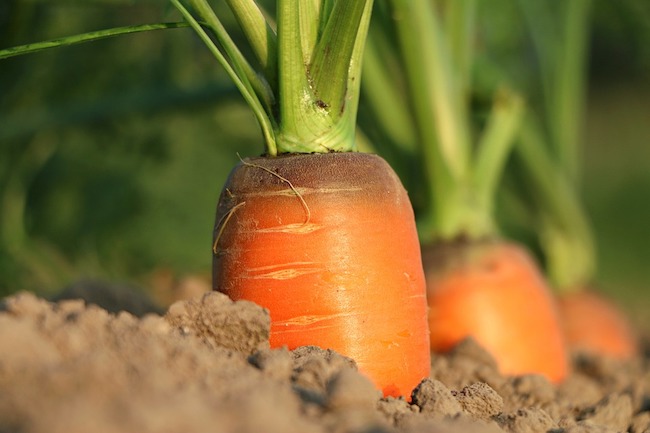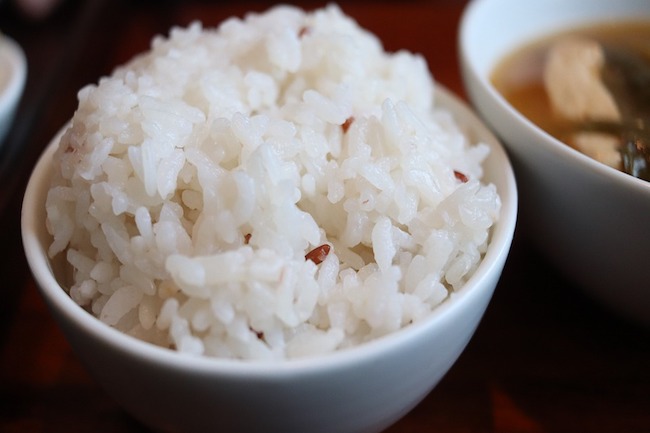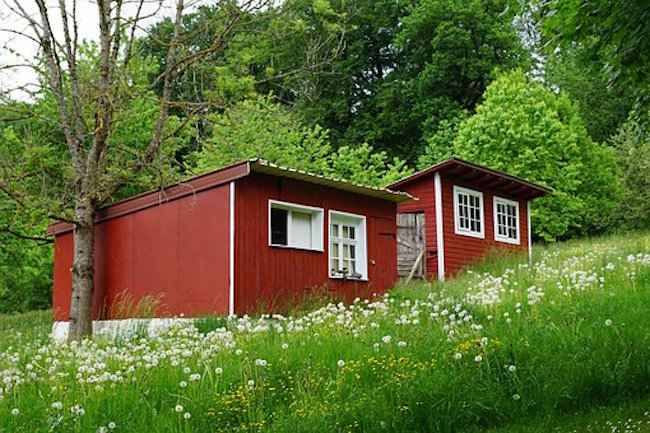Growing Vegetables Is Back in Style: Here’s How to Start Planning Your Garden by Joanna Miller for The Organic Prepper
Whether you celebrate St. Bridget’s Day, Candlemas, Imbolc, or Groundhog Day, February 2 is coming up. For those of us active in gardening and raising animals in the Northern hemisphere, this means it’s time to think about spring. And that means garden planning!
The pandemic has caused one very positive resurgence: growing food is back in style and no longer the purview of hippies or those crazy preppers.
Last year saw a record amount of people start gardens
Between the cost of food, grocery shortages, and sheltering in place, it comes as no surprise that many Americans have turned to gardening. And they’re doing it not only to keep themselves busy, but also to keep themselves and their families fed during these turbulent times. More people than ever are learning that not only does gardening produce food, but it also soothes the soul.
Support Our Site

Now is your chance to support Gospel News Network.
We love helping others and believe that’s one of the reasons we are chosen as Ambassadors of the Kingdom, to serve God’s children. We look to the Greatest Commandment as our Powering force.
However, as the Wall Street Journal pointed out in an article about wannabe homesteaders, many people found out that gardening was a little more complicated than Michael Bloomberg said. ( “I could teach anybody, even people in this room, to be a farmer. It’s a process. You dig a hole, you put a seed in, you put dirt on top, add water, up comes the corn.” 2016-Bloomberg)
Thousands of quarantined Americans planted vegetables last spring, striking a blow for hope just as their World War II-era forebears did with home-front Victory Gardens.
Six months later, many are admitting defeat.
“My tomatoes look like a Dr. Seuss plant,” said Doni Chamberlain, a 64-year-old blogger in Redding, Calif. “It might not have helped that I planted them in a kiddie pool.”
Daisy has an article about the year she and a friend tried to raise a homegrown Thanksgiving, and some other tips for what you can do if the garden you’re relying on fails.
Garden planning varies widely based on your location.
I have gardened with varying degrees of success in the Chicago suburbs, Houston suburbs, and now on the High Plains in Colorado. What works in one area will often not work in another, and the first thing to do is to ask yourself what will grow well in your area.
For example, some tomatoes will grow just about anywhere, but timing and varieties will vary greatly between regions. In Illinois, you start tomatoes from seed in March, then plant them out sometime between Mother’s Day and Memorial Day. We grew all kinds of tomatoes in Illinois. We could grow cherry tomatoes or those big beautiful slicing tomatoes.
I soon realized I needed to change my view when it came to tomatoes
When I moved to Houston, the tomatoes I planted in May didn’t produce a darn thing the first year. I did some reading and found that tomatoes won’t set fruit if the temperature is above 95 degrees Fahrenheit during the day and doesn’t drop below 75 at night. Well, in Houston, that’s at least from May to October.
So the next year, I started the seeds in January and put them out on Valentine’s Day. Sure enough, the fruits set in March and April, before the heat hit, and we spent June and July picking tomatoes.
I found that I needed to explore different varieties and experiment
I tried both cherry and slicing tomatoes. The cherry tomatoes exploded; I’m not sure if I ever grew a slicing tomato. While living in Houston, I assumed it was too hot to grow the slicing tomatoes and contented myself with the cherries.
I gardened for five years in Houston before moving to Colorado and became very proficient. We only had a little suburban lot, but it was quite productive. When we moved to Colorado, I wondered if I’d be able to grow bigger tomatoes, like I had growing up in Illinois. I planted the same cherry tomato variety I’d grown in Houston, and also some Brandywine tomatoes. The cherry tomatoes did okay, but I didn’t get one Brandywine.
I went back to online searches and gardening books.
It turns out bigger tomatoes need relatively constant temperatures to set fruit. The 85 degree days and 65 degree nights in Illinois were perfect; the 90 degree days and 55 degree nights in Colorado, not so much. A certified organic vegetable gardener lives two miles away from me, and she grows beautiful large tomatoes, but she grows them in a hoop house, which moderates the temperature.




